The Essence
That which makes every newborn child beautiful and adorable is his Essence. This in itself constitutes his true reality…
In all infants, the normal growth of the Essence is certainly incipient, residual.
The human body grows and develops according to the biological laws of the species, however, such possibilities by themselves, are very limited for the Essence…
Unquestionably, without help, the Essence by itself can only grow to a tiny degree…
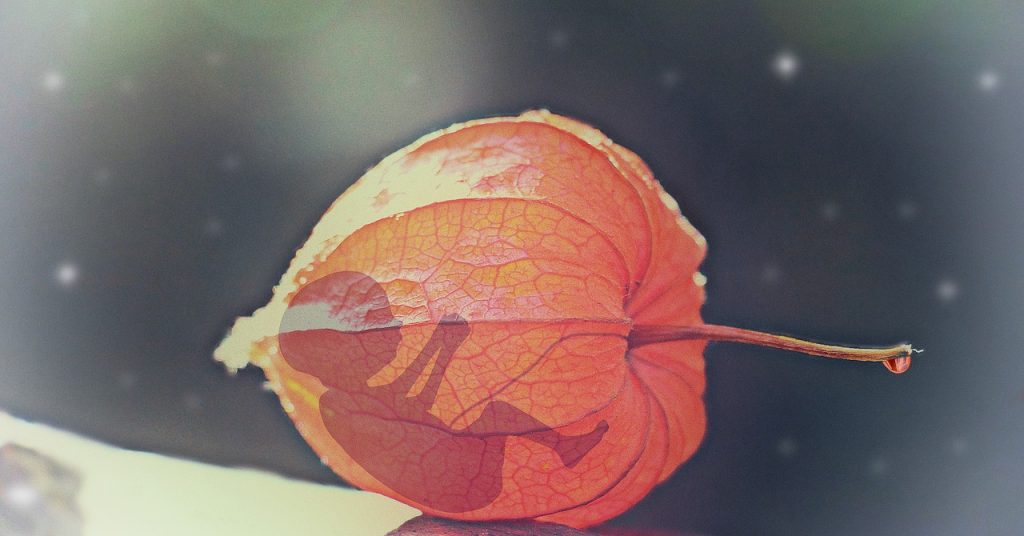
Speaking frankly and plainly, let us say that the spontaneous and natural growth of the Essence is only possible during the first three, four, or five years of life; in other words, during the first phase of life…
People think that the growth and development of the Essence always occurs in a continuous form, according to the mechanics of evolution, but Universal Gnosticism teaches clearly that it does not occur in this way…
So that the Essence can grow more, something very special must happen, something new must be done…
I want to refer emphatically to the work on oneself. The development of the Essence is only possible on the basis of conscious works and voluntary sufferings.
It is necessary to comprehend that these works do not refer to questions of profession, banking, carpentry, masonry, railroad repairs, or office matters…
This work is for any person who has developed the personality; it deals with something psychological…
We all know that we have within us that which is called ego, “I,” myself, the self…
Unfortunately, the Essence is completely imprisoned, trapped inside the Ego, and this is lamentable…
To dissolve the psychological “I,” and to disintegrate its undesirable elements is urgent, undelayable, unpostponable… This is the meaning of the work on oneself.
We could never liberate the Essence without having previously disintegrated the psychological “I”…
In the Essence is Religion, the Buddha, Wisdom, the particles of pain of our Father who is in the Heavens, and all the information we need for the intimate self-realization of the Being.
No one could annihilate the psychological “I,” without previously eliminating the inhuman elements that we carry within…
We need to reduce to ashes the monstrous cruelty of these times; the envy, which has unfortunately become the secret trigger of our actions, the unbearable covetousness that has made life so bitter, the disgusting slander, calumny, which is the cause of so many tragedies, drunkenness, the foul lust which smells so ugly, etc., etc., etc..
As all these abominations are reduced to cosmic dust, the Essence, as well as being liberated, will grow and develop harmoniously…
Unquestionably, when the psychological “I” has died, the Essence is resplendent in us…
The freed Essence confers upon us intimate beauty, from which emanates perfect happiness and true love…
The Essence possesses many forms of perfection, and extraordinary natural powers…
When we die in ourselves, when we dissolve the psychological “I,” we enjoy the precious senses and powers of the Essence…
- “Treatise of Revolutionary Psychology”
The Human Personality
A man was born, lived sixty five years and died. However, where was he before the year 1900 and where might he be after the year 1965? Modern Science knows nothing about all this. This is the general formulation of all questions on life and death.
Axiomatically we can affirm, “A man dies because his time is up. There is no tomorrow for the personality of the deceased.”
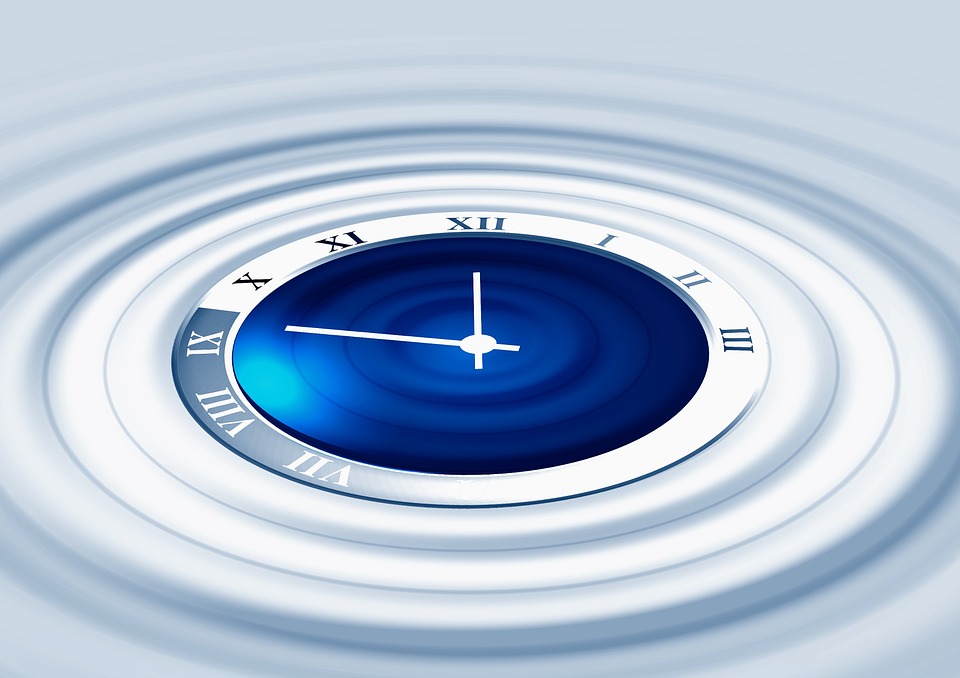
Every day is a wave of time, every month is another wave of time, every year is also another wave of time, and all of these waves linked together make up as a whole the Great Wave of Life.
Time is circular, and the life of the human personality is a closed curve.
The life of the human personality develops in its time, is born in its time and dies in its time; it can never exist beyond its time.
The question of time is a problem that has been studied by many wise men.
Beyond all doubt, time is the fourth dimension.
The geometry of Euclid is only applicable to the three-dimensional world, but the world has seven dimensions and the fourth is time.
The human mind conceives of eternity as the protraction of time in a straight line—nothing could be more mistaken than this concept, because eternity is the fifth dimension.
Every moment of existence happens in time and repeats eternally.
Life and death are two extremes that come together. One life ends for the man who dies, but another begins. One moment ends and another begins. Death is closely linked to the Eternal Return. This implies that we have to return, come back to this world after dying in order to repeat the same drama of existence. However, if the human personality perishes with death, who or what returns?
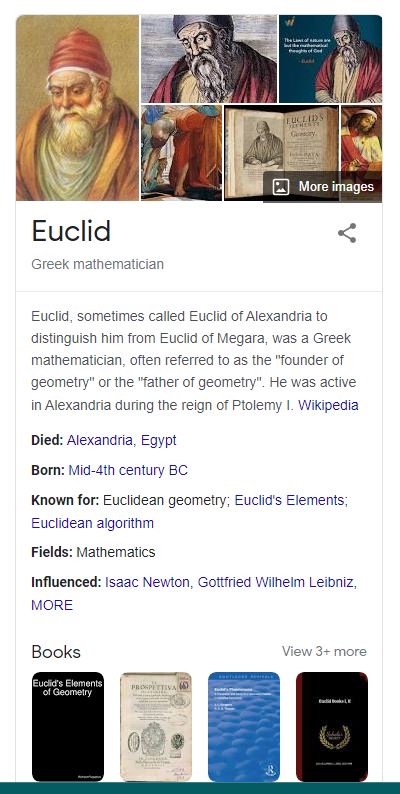
It is necessary to clarify once and for all that the ego is what continues after death; the ego is what returns, comes back to this valley of tears.
It is necessary that our readers do not confuse the Law of Return with the Theory of Reincarnation taught by modern Theosophy.
The aforementioned theory of reincarnation has its origin in the worship of Krishna, which is a Hindu, Vedic religion. Unfortunately, Hinduism has been altered and adulterated by reformers.
In the authentic, original worship of Krishna, the only ones who reincarnate are the heroes, the guides, those who already possess sacred individuality.
The pluralized ego returns, comes back, but this is not reincarnation. The masses, the multitudes return, but that is not reincarnation.
The idea of the return of all things and phenomena, the idea of eternal repetition is rather ancient, and we can find it in Pythagorean wisdom and in ancient Hindu cosmogony. The eternal return of the days and nights of Brahma, the incessant repetition of the Kalpas, etc., are invariably associated in an intimate way with Pythagorean wisdom and the Law of Eternal Return and Recurrence.
Gautama Buddha very wisely taught the Doctrine of Eternal Return and the wheel of successive lives, but his doctrine was very much adulterated by his followers.
Every return implies, of course, the creation of a new human personality. This personality is formed during the first seven years of childhood.
Family environment, social environment and school environment give the human personality its primary, characteristic quality. The example of adults is definitive for the child’s personality.
Children learn more by example than from rules. A false manner of living, setting a foolish example, the degenerated customs of our elders give to the personality of the child that peculiar, skeptical and perverse quality of the times in which we are living.
In these modern times adultery has become as common as onions and potatoes, and as is quite logical this causes dantesque scenes inside the home.
There are many children in these times that have to bear, full of pain and resentment, the lashes and beatings of a stepfather or stepmother. It is clear that in this way the personality of the child develops within the framework of pain, bitterness and hatred.
There is a common saying that states, “Another person’s child is not wanted anywhere”. Naturally there are also exceptions, but these can be counted on the fingers of one hand, with fingers remaining.
Arguments between father and mother about matters of jealousy, the weeping and lamentations of an afflicted mother, or an oppressed, destroyed and desperate husband leave on the personality of the child an indelible mark of profound sorrow and melancholy that is never forgotten throughout one’s entire life.
In elegant homes, proud ladies mistreat their servants if these servants go to a beauty salon or put on make-up. The pride of these ladies is mortally wounded.
The child that witnesses all of this disgraceful drama feels hurt deep inside; whether he sees things from the point of view of his proud and arrogant mother, or from that of the unfortunate vain and humiliated servant, the result tends to be catastrophic for the child’s personality.
Ever since television was invented, family unity has been lost. In times past, the husband arrived home from work and was welcomed by his wife with much happiness. Nowadays, the woman does not go to welcome her husband at the door because she is busy watching television.
In modern day homes the father, mother, and children look like real unconscious automatons sitting in front of the television screen. In these modern times the husband can’t even talk with his wife about any of the day’s problems, issues at work etc., because she looks like a zombie watching yesterday’s movie, the Dantean dramas of Al Capone, the latest fashionable dance of the new wave, etc.
Children raised in this new type of ultramodern home think only of cannons, pistols and toy machineguns with which to imitate and relive in their own way all the Dantean scenes of crime just as they have seen them on the television screen.
It is a pity that this marvelous invention of television is used with destructive purposes. If only humanity would use this invention in a dignifying manner, whether it be to study natural sciences, to teach the true royal art of Mother Nature, or to give sublime teachings to people; then this invention would be a blessing for humanity and could be used intelligently to cultivate the human personality.
From all angles it is absurd to nourish a child’s personality with vulgar, inharmonious, arrhythmic music. It is foolish to feed the personalities of children with stories of thieves and policemen, scenes of addiction and prostitution, dramas of adultery, pornography, etc.
We can see the result of such conduct in “rebels without a cause”, teenage murderers, etc.
It is sad that mothers whip their children, beat them, insult them with cruel and rotten words. The result of such conduct is resentment, hatred, lost love, etc.
In practice we have been able to see that children brought up amongst beatings, lashings and screaming become vulgar people full of boorishness and a total lack of the sense of respect and reverence.
It is urgent to comprehend the need to establish true equilibrium in the home.
It is indispensable to know that gentleness and severity must be mutually balanced on the two pans of the scale of justice.
The father represents severity. The mother represents gentleness or sweetness. The father personifies Wisdom. The mother symbolizes Love.
Wisdom and Love, severity and gentleness mutually balance each other on the two pans of the cosmic scale.
Fathers and mothers must mutually balance each other for the good of the home.
It is urgent, it is necessary, that all fathers and mothers comprehend the need to sow in the childlike mind the eternal values of the spirit.
It is lamentable that modern children no longer possess the sense of reverence.
This is caused by stories of cowboys and cops and robbers. Television, movies, etc., have perverted the minds of children.
In a clear and precise way, the Revolutionary Psychology of the Gnostic Movement makes an absolute differentiation between the ego and the essence.
During the first three or four years of life, only the beauty of the essence manifests in the child. During this time the child is loving, sweet, and beautiful in all of his or her psychological aspects.
When the ego begins to control the delicate personality of the child all the beauty of the essence continues to disappear, and in its place flourish the psychological defects characteristic of every human being.
In the same way that we must make a distinction between ego and essence, it is also necessary to distinguish between personality and essence. The human being is born with the essence, but it is not born with the personality. It is necessary to build the personality.
Personality and essence must develop in a harmonious and balanced way.
In practice we have been able to verify that when the personality develops in an exaggerated way at the expense of the essence, the result is a knave.
The observation and experience of many years has allowed us to comprehend that if the essence develops totally without paying the least bit of attention to the harmonious cultivation of the personality, the result is an unintelligent mystic, without personality; noble of heart but incompetent and unable to adapt.
The harmonious development of the personality and the essence yields brilliant men and women.
In the essence we have all that is our own, in the personality, all that is borrowed.
In the essence we have our innate qualities, in the personality we have the example set by the adults around us; what we have learned at home, in school and on the street.
It is urgent that children receive nourishment for the essence and nourishment of the personality.
The essence is fed with tenderness, boundless affection, love, music, flowers, beauty, harmony, etc.
The personality must be fed with the good example set by adults, with wise teachings at school, etc.
It is indispensable that children enter elementary school at the age of seven years, after having passed through kindergarten.
Children should learn their first letters by playing games and having fun with them, so that studying becomes attractive, delightful and joyful for them.
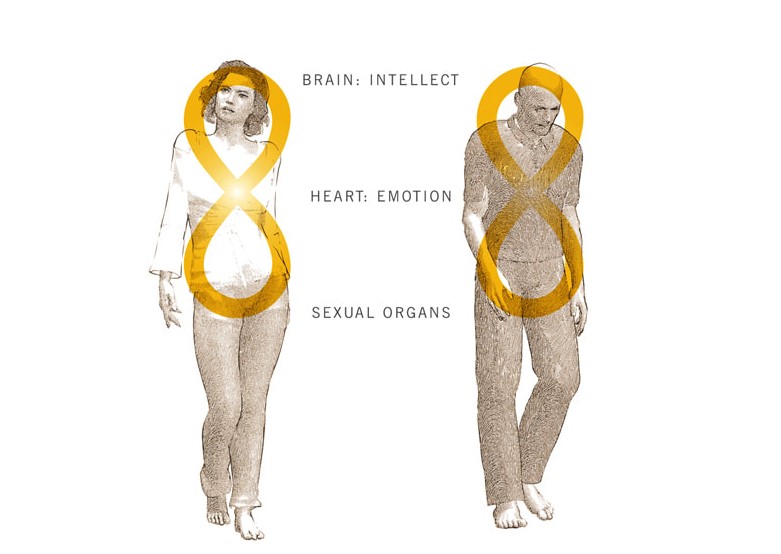
Fundamental Education teaches that starting in kindergarten, or the garden of children, each of the three aspects of the human personality—known as thought, emotion, and movement-action—must be taken care of so that the personality of the child develops in a harmonious and balanced fashion.
The question of the creation and development of the personality of a child is a very serious responsibility for parents and school teachers.
The quality of the human personality depends exclusively on the type of psychological material with which it was formed and nourished.
Amongst students of Psychology there exists much confusion surrounding personality, essence, and ego or self.
Some confuse the personality with the essence, and others confuse the ego or self with the essence.
There are many pseudo-esoteric or pseudo-occultist schools that have as the aim of their studies an impersonal life.
It is necessary to clarify that it is not the personality we must dissolve.
It is urgent to know that we need to disintegrate the ego, the self, the ‘I’, and reduce it to cosmic dust.
The personality is merely a vehicle of action, a vehicle that was necessary to build or produce.
In the world there are the “Caligulas”, the “Atillas”, the “Hitlers”, etc. Every type of personality, however perverse it may have been, can be radically transformed if the ego or self is totally dissolved.
This question of the dissolution of the ego or self confuses and bothers many pseudo-esotericists. Such people are convinced that the ego is divine; they believe that the ego or ‘I’ is the Being itself, the Divine Monad, etc.
It is necessary, urgent and unpostponable to comprehend that the ego has nothing of divinity.
The Bible refers to the ego or self as Satan, a bunch of memories, desires, passions, hatreds, resentments, concupiscence, adulteries, genetic inheritance from family, race and nation, etc.
Many people foolishly affirm that within us exists a “Higher Self” or “Divine Ego”, and a “lower self” or “inferior ego”.
Higher and lower are simply two parts of the same thing. The Higher Self and the lower self are two parts of the same ego.
The Divine Being, the Monad, the Intimate has nothing to do with any form of ego. The Being is the Being and that is all. The cause of the Being’s existence is the Being itself.
The personality in itself is merely a vehicle and nothing more. Through the personality the ego or the being can manifest, it all depends on us.
It is urgent to dissolve the ego, the self, so that only the psychological essence of our Real Being manifests through our personality.
It is indispensable that educators fully comprehend the need for harmoniously cultivating the three aspects of the human personality.
Perfect balance between personality and essence, the harmonious development of thought, emotion and movement, and a revolutionary ethic constitute the foundations of Fundamental Education.
Samael Aun Weor
“Fundamental Education”
The Beloved Ego
Since superior and inferior are two sections of the same thing, it is not superfluous to establish the following corollary: “superior I” and “inferior I” are two aspects of the same tenebrous and pluralized ego.
The so-called “divine I,” or “superior I,” “alter ego,” or anything else of the sort, is certainly a trick of the “myself,” a form of self-deceit.
When the “I” wants to continue here and in the beyond, it self-deceives with the false concept of a divine, immortal “I”…
None of us has a true “I,” permanent, immutable, eternal, ineffable, etc., etc.
None of us really has a true and authentic Unity of Being. Unfortunately, we do not even possess a legitimate individuality.
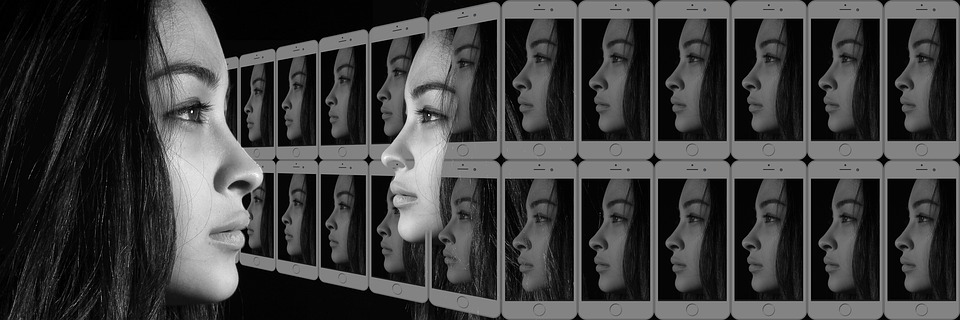
The Ego, though it continues beyond the grave has, nonetheless, a beginning and an end.
The ego, the “I,” is never something individual, undivided, unitotal. Obviously, the “I” is “I’s.”
In Oriental Tibet, the “I’s” are called psychic aggregates, or simply, values, whether they be positive or negative.
If we think of each “I” as a different person, we can emphatically assert the following:
“Within each person who lives in the world, exist many persons.”
Unquestionably, within each one of us lives very many different persons; some better, some worse…
Each one of these “I’s,” each one of these persons, fights for supremacy, wants to be the only one, to control the intellectual brain or the emotional and motor centers any time it can, until another “I” displaces it.
The doctrine of the many “I’s” was taught in Oriental Tibet by genuine clairvoyants, by the truly enlightened…
Each of our psychological defects is personified by one or another “I.” Since we have thousands, and even millions of defects, it is obvious that many people live in our interior.
In matters of psychology, we have been able to clearly verify that paranoiacs, self-worshippers and mythomaniacs will never abandon the cult to the beloved ego for anything in the world.
Unquestionably, such people mortally hate the doctrine of the many “I’s.”
When one really wants to know oneself, one must self-observe, and try to know the different “I’s” involved in his personality.
If any of our readers do not yet comprehend the doctrine of the many “I’s,” it is due exclusively to a lack of practice in the matter of self-observation.
As a person practices inner self-observation, he discovers for himself many people, many “I’s,” which live within his own personality.
Those who deny the doctrine of the many “I’s,” those who adore a “divine I,” have undoubtedly never self-observed seriously.
Speaking this time in Socratic style, we could say that those people not only do not know, but neither do they know that they do not know.
Certainly, we can never know ourselves without serious and profound self-observation.
While a person continues considering himself one, it is clear that any internal change will be more than impossible.
Samael Aun Weor “Treatise of Revolutionary Psychology”
Practice
Lie down on your bed and with all the muscles of your body relaxed, slumber while thinking that the fire of the Holy Spirit continues to descend from heaven (as in the former practice) and enters into your head through the pineal gland. Feel that such a fire inundates your brain and puts into motion from left to right (clockwise) the marvelous and bi-colored lotus flower of your pituitary Chakra, the eye of the Prophet. The pituitary gland is situated in the mid-brow. See it filled with fire and spin upon itself. While in that state of consciousness, vocalize the syllable IN, as follows:
IIIIIIIIIIIIIIIIIIIIIIIIIINNNNNNNNNNNNNNN
(I=ē as in weep or deep)
Feel as if you are floating on an ocean of fire. This exercise must last for about 30 minutes and must be performed before going to sleep; if possible perform it at the same time everyday, while lying down on your bed.
The next day write down everything that you dreamed about in a notebook, without telling your impressions to anybody and without commenting about this esoteric work (that concerns only the secret study of yourself) with anyone.
- Practice from the book Christic Aztec Magic chapter III
Subscribe to our news, promotions and getting started lessons!



